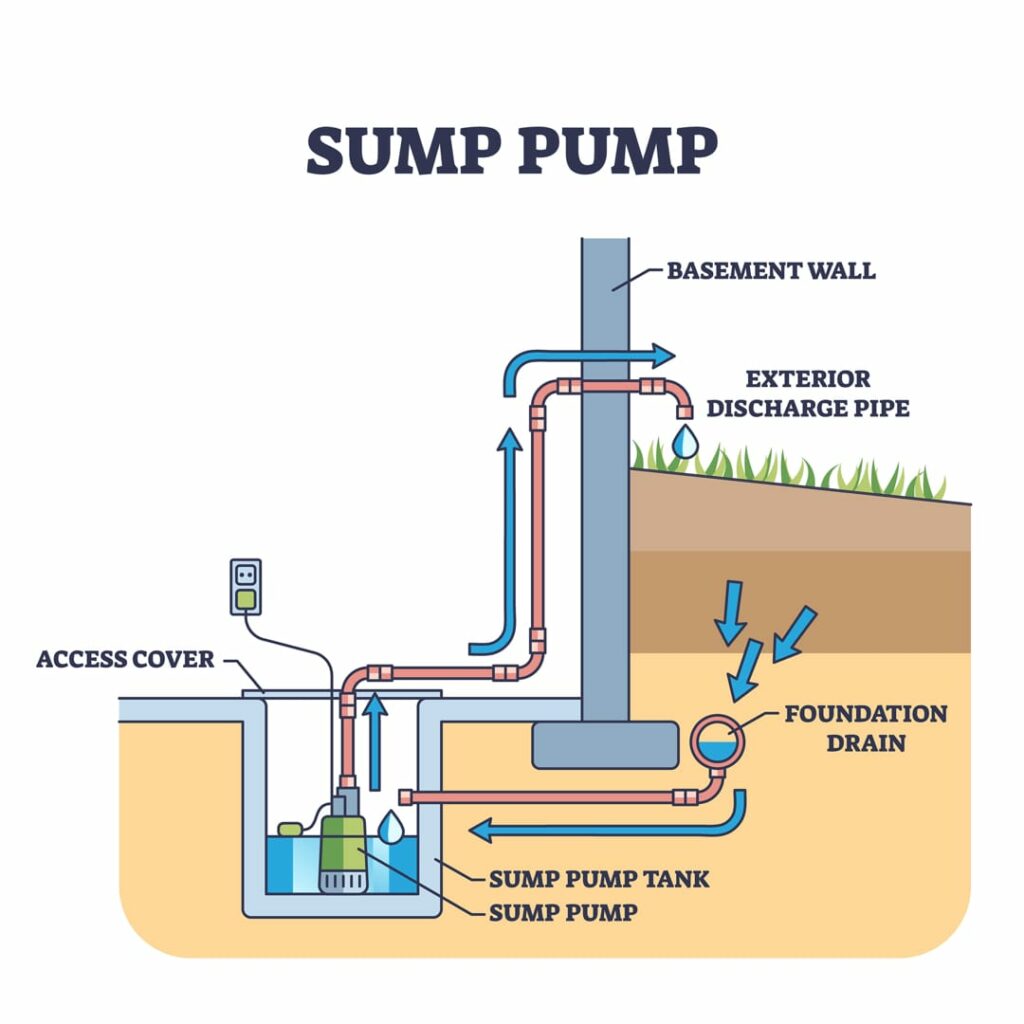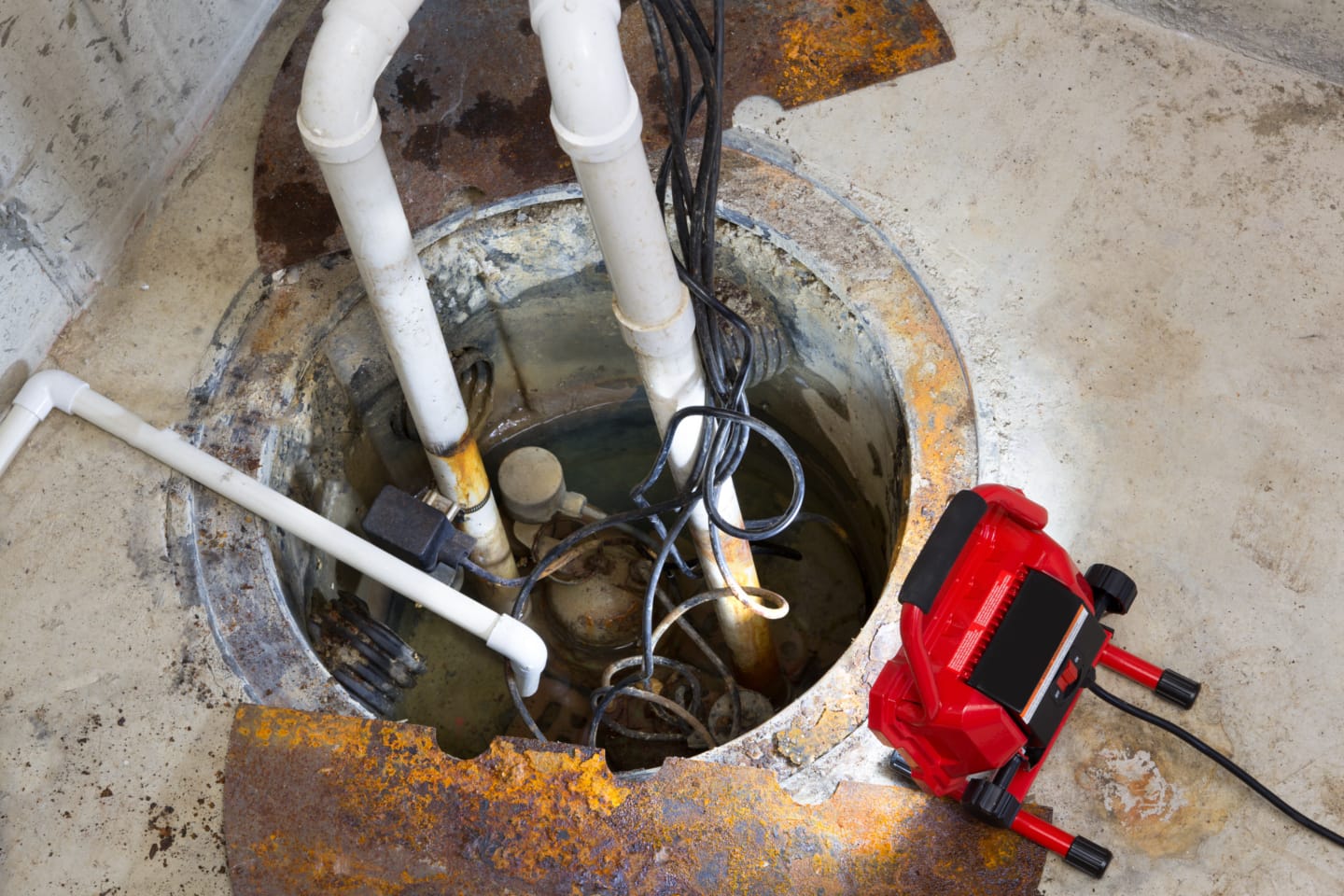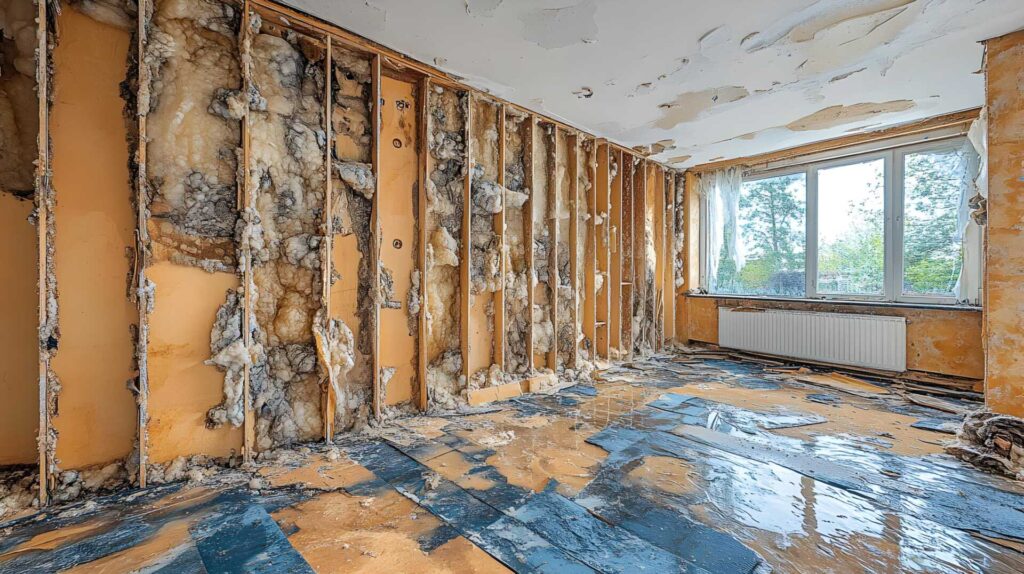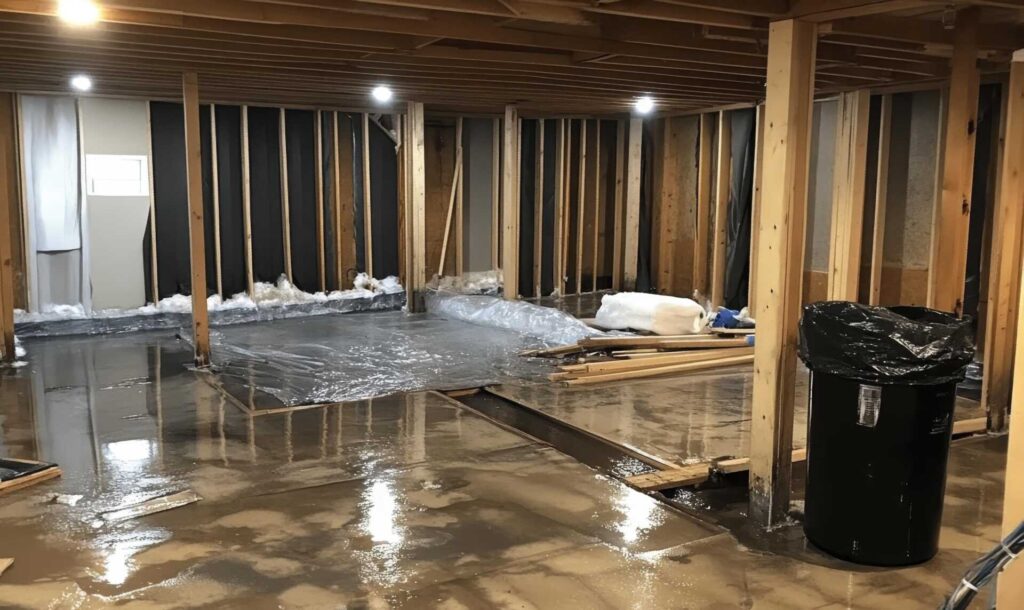Contents
Sump Pump Failure: What You Need to Know
At Home Service Hookup, we and our preferred partners understand the importance of a properly functioning sump pump. Your sump pump is designed to keep your basement or crawlspace dry and prevent water damage to your home. However, sump pumps can fail for a variety of reasons, leaving your home vulnerable to water damage. In this article, we’ll discuss the seven most common causes of sump pump failure and what you can do to prevent those failures.

7 Common Causes and How to Avoid Them
1. Power Failure
One of the most common causes of sump pump failure is a power outage. If the power goes out, your sump pump won’t be able to operate, and your basement or crawlspace could flood. To prevent this, consider installing a backup power source, such as a generator or battery backup, to keep your sump pump running in case of a power outage.
2. Clogged Intake
Another common cause of sump pump failure is a clogged intake. Debris, such as dirt, leaves, or rocks, can accumulate in the intake, preventing water from entering the pump. Regularly inspect your sump pump intake and remove any debris to prevent clogs.
3. Incorrect Installation
Sump pumps must be installed correctly to function properly. If your sump pump is not installed correctly, it may fail to work when you need it most. Make sure your sump pump is installed by a professional plumber and according to manufacturer guidelines.
4. Sump Pump Size
The size of your sump pump should be appropriate for the size of your basement or crawlspace. If your sump pump is too small, it may not be able to handle the amount of water that enters your basement or crawlspace, resulting in flooding. Make sure your sump pump is appropriately sized for your space.
5. Power Switch Problems
The power switch is the mechanism that turns your sump pump on and off; typically the switch is activated by a float in your sump pump pit. If the switch is not working correctly, your sump pump may fail to operate. Regularly test your sump pump switch to ensure it is functioning properly.
6. Frozen Discharge Line
If the discharge line from your sump pump becomes frozen, water may back up into your basement or crawlspace. Make sure the discharge line is properly insulated and protected from freezing temperatures.
7. End of Life
Like all mechanical devices, sump pumps have a limited lifespan. If your sump pump is nearing the end of its life, it may start to fail more frequently. Consider replacing your sump pump if it is more than 10 years old or has been repaired multiple times.
How Do I Prevent Sump Pump Failure?
To prevent sump pump failure, it’s important to perform regular maintenance and inspections. Here are some tips to keep your sump pump working properly:
- Test your sump pump regularly to ensure it is functioning properly.
- Inspect the intake and discharge lines for debris and clogs.
- Make sure your sump pump is appropriately sized for your space.
- Consider installing a backup power source, such as a generator or battery backup.
- Have your sump pump installed and maintained by a professional.
Sump pump failure can lead to water damage and costly repairs. By understanding the common causes of sump pump failure and taking preventative measures, you can protect your home from water damage and ensure your sump pump is working properly. If you need help with sump pump installation, maintenance, or repair, the trusted partners of Home Service Hookup are here to help.




